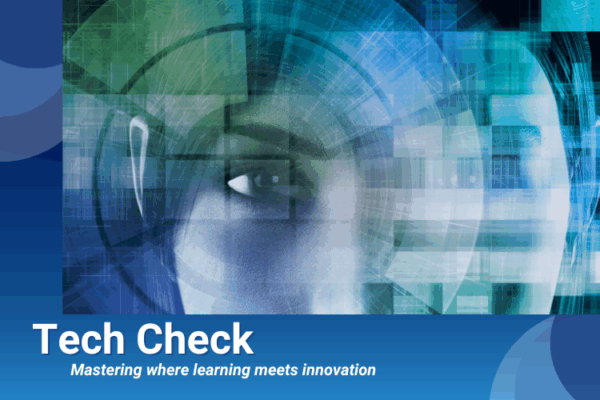The knowledge employees learn over the years can be divided into two categories: explicit and tacit. Explicit knowledge is easily extracted, documented and replicated. Examples include how to read a profit and loss statement, how to write software, how to calculate a break-even point, how to reduce inventory and working capital or how to manage time. One company’s creation and transfer of explicit knowledge will not be much different from another’s because many of the most common mechanisms and methodologies have become packaged and commoditized.
Tacit knowledge is less tangible, thus creating and transferring can be more complex. Examples of tacit knowledge include: how to look at market opportunities and threats and select a market for product launch, how to anticipate competitors’ actions, how to maintain focus in the midst of distracting events, how to develop mission and longer-term focus for an organization and how to lead.
The tacit knowledge required to make sound business decisions and to effectively lead is built from experiences over many years. To effectively build business knowledge, either explicit or tacit, leaders need to replicate experiences similar to the experiences that built that knowledge in the first place. For this reason, business simulations can be effective as knowledge creation/transfer tools. Business simulations provide a field of interaction where multiyear experiences are created in compressed timeframes.
Jeffrey R. Lefebvre is the founder and president of PriSim Business War Games and adjunct professor at Northwestern University. He can be reached at editor@CLOmedia.com.
















